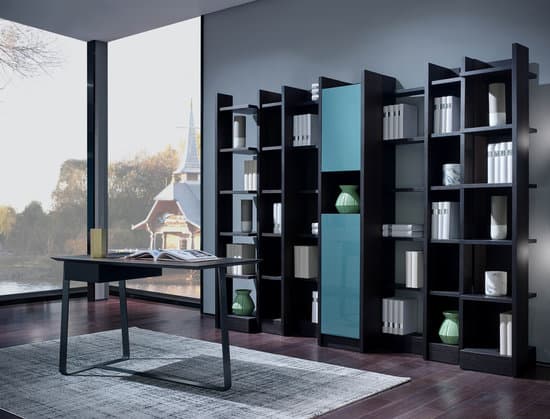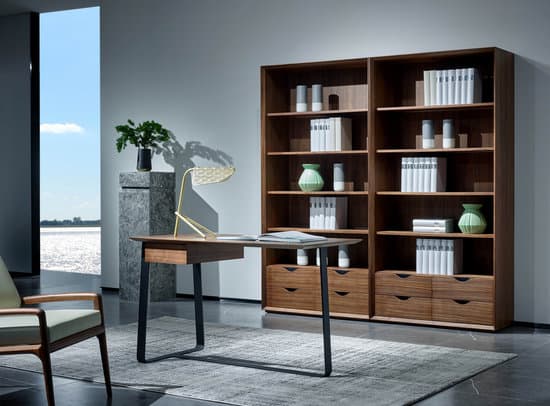Red wine can be stored for varying lengths of time, depending on its sugar, acid, and tannin content. Generally, most red wines can be aged for between 2 and 10 years if they are properly stored. To ensure that your red wine lives up to its maximum potential and doesn’t spoil over time, here are some tips for storing it:
Store your red wine in a cool, dark place with a consistent temperature of around 55°F (13°C)
Keep the wine bottles in a horizontal position, especially if they have cork stoppers, to prevent air from entering the bottle
Avoid storing red wine in a place that’s too dry, as this can cause the cork to dry out and spoil the wine
Minimize exposure to light, which can cause the wine to age too quickly and affect its taste
Don’t store red wine near strong odors or chemicals, as they can penetrate the cork and alter the wine’s flavor
By following these simple guidelines, you can ensure that your red wine stays fresh and tasty for as long as possible. You can also experiment with different storage times and techniques to discover which ones work best for your favorite red wines.



















